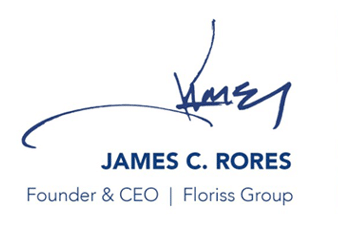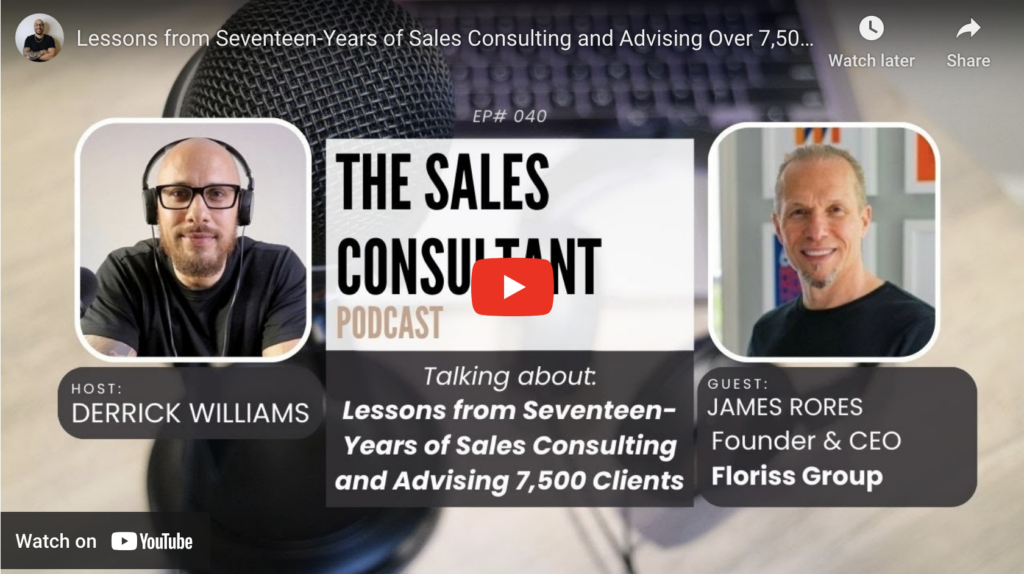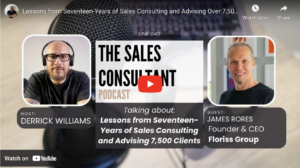You get that new role of Chief Revenue / Growth Officer or VP of Sales, and the first thing you think you need to do is implement or “fix” your CRM. Kind of like getting a minivan when you have your first child. Rather than just doing it because the cool kids are, or because you are “supposed” to, how about doing it because it can increase sales, create consistent and a methodical sales process, and help your sales team exceed their quotas?
The real question is, HOW do you make that happen? We have seen hundreds of organizations FAIL to achieve the true ROI or benefits of their CRM. They blame it on the technology (because it’s easier), but rarely is that the case.
Don’t believe us? Statistics say the number of companies that can use CRM to optimize how salespeople sell is only 8%. Of two-million salespeople studied, 92% do not consistently follow a structured sales process (Objective Management Group).
Two of the main contributing factors are – Not having the right enabling sales process and not having a change management strategy to support it.
So, organizations spend hundreds of thousands of dollars (sometimes millions) on the technology, but not NEARLY enough to make sure there is a sales process or change management plan that guarantees success, not just at “go live” but for many years after.
If you are not looking at a CRM implementation as MUCH more than a technology implementation, then you have already failed. And your salespeople will think so too!
They see CRM as a waste of time, taking them away from actual selling. So, they’re going to use it with minimum effort and resist your attempts at manipulating them or forcing them to use it.
That’s how we know as leaders, we must start with foundational questions that will help us define what a complete sales process should be, and what methodology our salespeople should follow to ensure the process is executed at the highest possible level.
When we automate a broken process, we just fail faster.
When CRM is a partner in consistently executing a successful sales process, sales teams operate in a more predictable, repeatable way. Not having a unified sales process within the CRM system creates more work and fewer opportunities for the entire sales team.
So, what can we do about it?
TWO top BEST PRACTICES in implementing a CRM the RIGHT WAY!
1 – Creating a Sales Process that will help you WIN
When we think about expanding CRM use, we want to consider how each sale and customer-facing team can use the system to improve their own performance. But we also want to leverage the system to ensure team alignment around four leading indicators that optimize pipeline flow or velocity.
- Number of Qualified Opportunities – How effectively are we filling the pipeline with buyers who have problems we can solve, that must be solved now?
- Deal/Lifetime Deal Value – How effective are we at selling value, expanding budgets, minimizing negotiations, and discounting?
- Win Rate – How effective are we at engaging decision-makers, eliminating competitive threats, and securing successful buying decisions?
- Sales Cycle Time – How effective are we at becoming the buyer’s emotional favorite, creating buying momentum, and shrinking buying cycle times?
2 – A supporting Change Strategy
70% of all major system transformations fail, two of the top reasons are Leaders do not know how to lead change and employees RESIST the change. Therefore, a thorough Change Strategy needs to support the implementation.
Now once you have figured out the process, and chose the technology, how are you going to ensure that your salespeople/executives are using the tool as designed and meeting your sales goals?
Assess the need
- Choose a tool that will enable and support the process with your business in mind.
- Include your salespeople and executives in defining the future state process and organizational structure.
- Identify metrics of success – what do you expect out of the CRM system, process, and your salespeople?
Prepare the associates for the change
- Help each salesperson understand the WIIFM (What’s in it for me) and what success looks like for them.
- Identify the key change impacts from the current to the future state.
- Clearly define a roadmap of change activities to appropriately communicate, prepare and reinforce the upcoming change.
- Ensure there are feedback loops and a governance process to manage changes, questions, and risks that come up.
Train, Utilize, and Adopt the CRM
- Define a strategy for not only implementation training and post-go-live support plan but one for remedial training and new hire training.
- Celebrate and report our wins.
- Create dashboards every week on how you are executing to your original metrics of success and hold people accountable for these metrics.
The real key to CRM success is to have everyone involved in optimizing the sales process and then MAKING SURE IT STICKS. This means the product, marketing, customer success, branding, and sales teams are all on the same page, pulling in the same direction, operating as one. That’s what an effective sales strategy supported by an optimized CRM deployment delivers. And isn’t that what we all want in sales?
If any of these resonate with you, please click the link below to take a short assessment and we will reach out to schedule a 30-minute conversation on what you need to do to successfully implement a CRM system or “fix” a broken SALES process.
Together we can help you WIN at Sales.

This article was written in collaboration with Beth Thomas, CEO at Change 4 Growth










